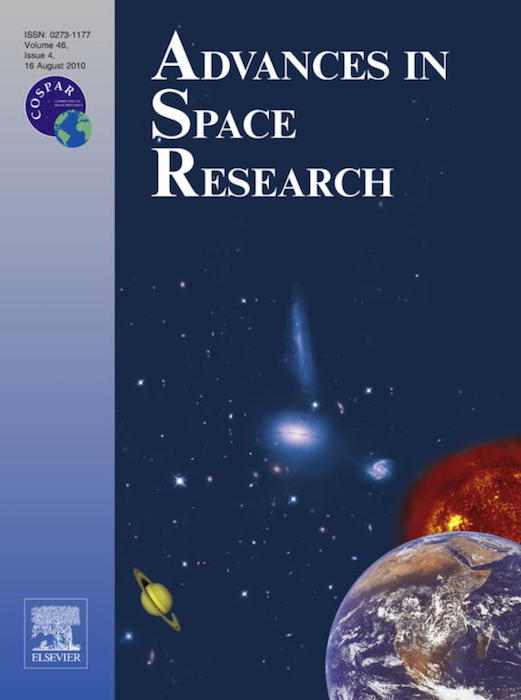EGSIEM is pleased to announce its latest publication:
The role of accelerometer data calibration within GRACE gravity field recovery: Results from ITSG-Grace2016, which has been written by B. Klinger and T. Mayer-Gürr of Technische University Graz and is published in the Journal Advances in Space Research
The full text is available at DOI: http://dx.doi.org/10.1016/j.asr.2016.08.007
Abstract:
For more than 14 years, the Gravity Recovery and Climate Experiment (GRACE) mission has provided information about Earth’s gravity field with unprecedented accuracy. The twin satellites GRACE-A and GRACE-B are both equipped with a three-axis electrostatic accelerometer, measuring the non-gravitational forces acting on the spacecraft. In order to make use of the uncalibrated Level-1B accelerometer (ACC1B) data during gravity field recovery, bias and scale parameters have to be estimated. The proposed calibration method is a two-step approach and makes use of modeled non-conservative accelerations. The simulated non-conservative accelerations serve as reference for the a priori accelerometer calibration, i.e. for the ACC1B data. During gravity field recovery the calibration parameters are re-estimated. Several calibration parameters for the GRACE accelerometers using different methods have already been published. The aim of our study was primarily to analyze the temperature-dependent behavior of the accelerometer scale factors and biases, and the impact of the parametrization of scale factors and biases on the recovered gravity field solutions; but not to obtain calibrated accelerometer data. Within the ITSG-Grace2016 release, the accelerometer biases are estimated daily using uniform cubic basis splines (UCBS), the scale factors are also estimated daily using a fully-populated scale factor matrix. Therefore, not only the scale factors in along-track, cross-track, and radial direction are estimated, but also the non-orthogonality of the accelerometer axes (cross-talk) and the misalignment between the Accelerometer Frame (AF) and Science Reference Frame (SRF) are taken into account. The time evolution of the estimated calibration parameters over the whole GRACE period (2002-04 to 2016-01) shows a clear temperature-dependency for both scale factors and biases. Using this new approach, the estimates of the C20 coefficient significantly improve, with results now comparable to Satellite Laser Ranging (SLR) solutions. Based on the achieved results, we suggest the presence of a clear temperature-dependent behavior and the presence of off-diagonal elements in the accelerometer scale factor matrix.

